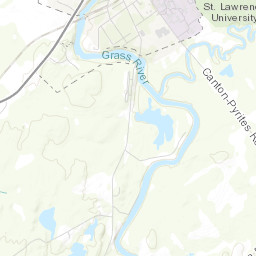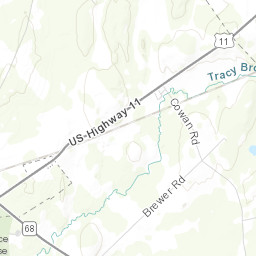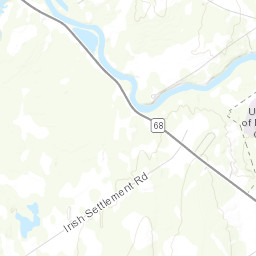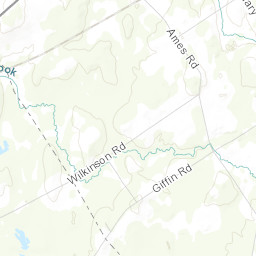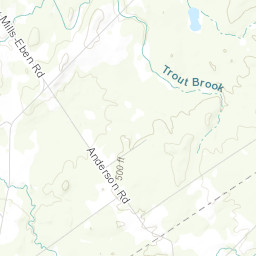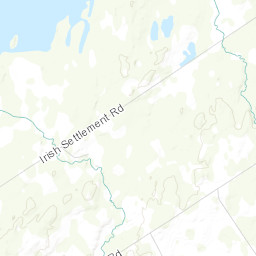
North Country explorer from Deerfield, New Hampshire
These snowcrystals were collected on February 7, 2018 at 3 pm. The growth of these snowcrystals and their resultant morphology was controlled by the weather conditions during their decent in the atmosphere. Basically, a snowcrystal records the chaotic series of events from deposition of water vapor on the nucleus (e.g., dust particle) to collection. Though temperature on the ground at the time of collection was -8°C, the crystals formed in different conditions in the atmosphere.
Using Magano and Lee (1966), snowcrystal a is classified as a P2a stellar crystal with plates at ends. The crystal formed in the atmosphere where temperatures hovered around -15°C with an abundant supply of water vapor, above the water saturation line and within the cloud droplet region. The high humidity allowed the ornate branching pattern to grow on the crystal. However, the crystal is not perfectly symmetrical, evident by the branch lacking a plate at the end. This signifies unstable atmospheric conditions.
Snowcrystal b is classified as a Clh thick plate of skeleton form. the crystal was formed in the atmosphere where temperatures ranged between -10 to -20°C. The crystal could have grown in humidity conditions where the water vapor supply was either below or above the water saturation line but the high level of symmetry indicates stable atmospheric conditions.
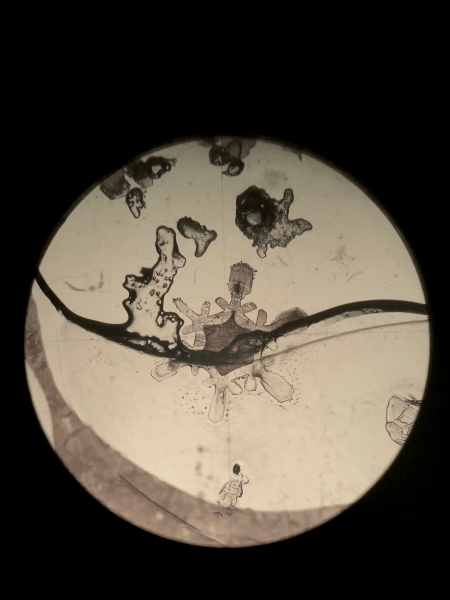
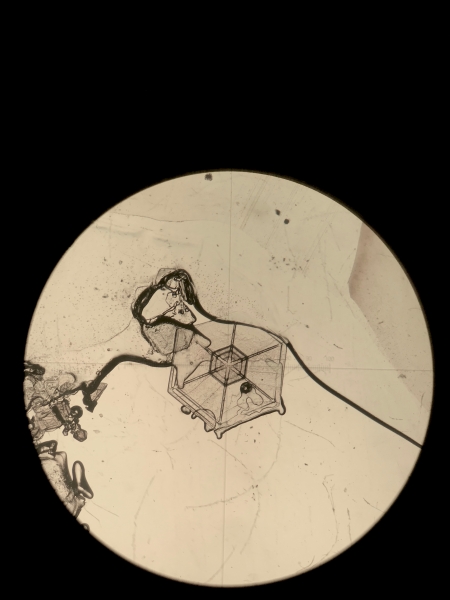
Snowcrystal a
Snowcrystal b



